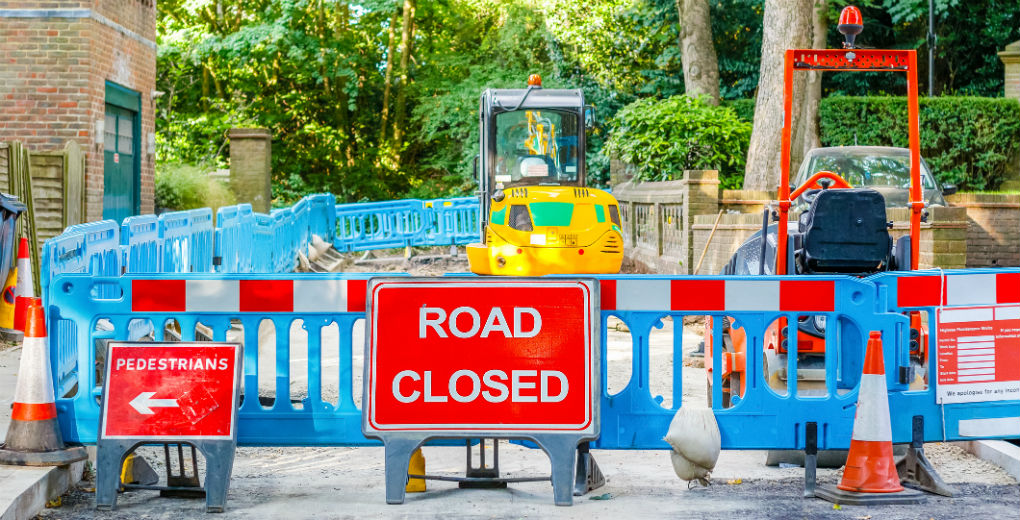
Work Zone Awareness – Creating Distance Between Pedestrians and Vehicles
Separating pedestrians and vehicles, both those in operation on a construction site and traffic diverted due to a work zone, is not just good practice, it’s a legal requirement.
Creating an entirely separate route, one which represents pedestrian’s natural direction or “desire line”, will keep them away from vehicles while encouraging them not to stray from this dedicated walkway as it provides them with an effective course.
Any walkway should also consider the following:
- Visibility at crossings – where the walkway meets the road, it should be well signed and lit, and have a good line of site so that pedestrians, cyclists and drivers are all well aware of each other.
- Indicators – protective barriers can keep the pedestrian away from the road, while raised kerbs and clear markings can distinguish between a pedestrian area and a driving route.
- Obstructions – if there’s something blocking the path, the pedestrian may stray from the route and be forced to walk on the road.
- Accessibility – any separate walkways should be well-drained and level to provide easy passage for members of the public.
- Entrances and exits – By law, vehicle routes must be kept away from doors or gates that pedestrians use, so their safety isn’t compromised.
Considering the additional risks
Aside from the obvious dangers of being struck by a vehicle, there are other hazards to be aware of when disrupting the traffic-management norm.
Materials could fall from an overloaded site dumper, loud equipment could make it difficult for pedestrians to hear at crossing, and excessive fumes from stationery vehicles or mobile plant could pose a health risk to those passing by.
Liability Insurance
While public liability insurance is not a legal requirement, it can often be a contract stipulation. Good management can help you prevent accidents, but public liability insurance can provide financial support in the event that an accident still occurs.
